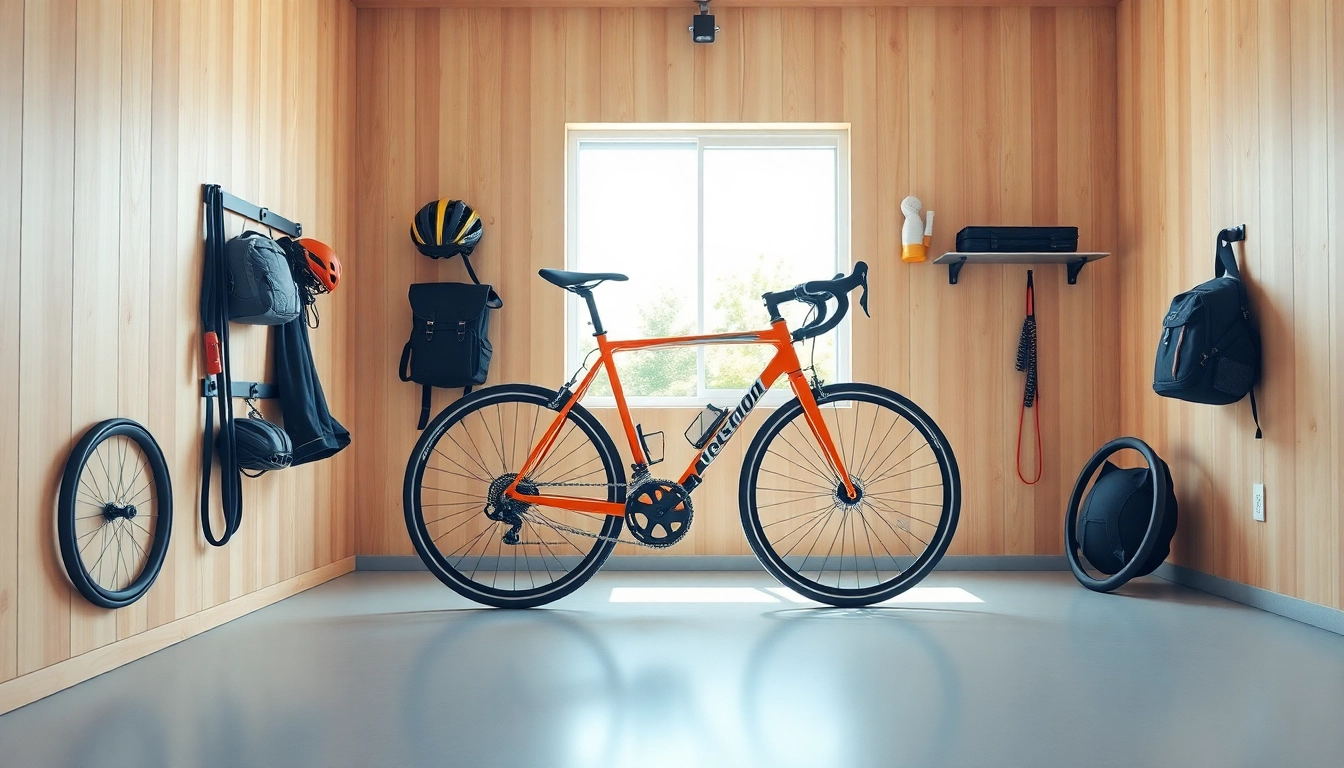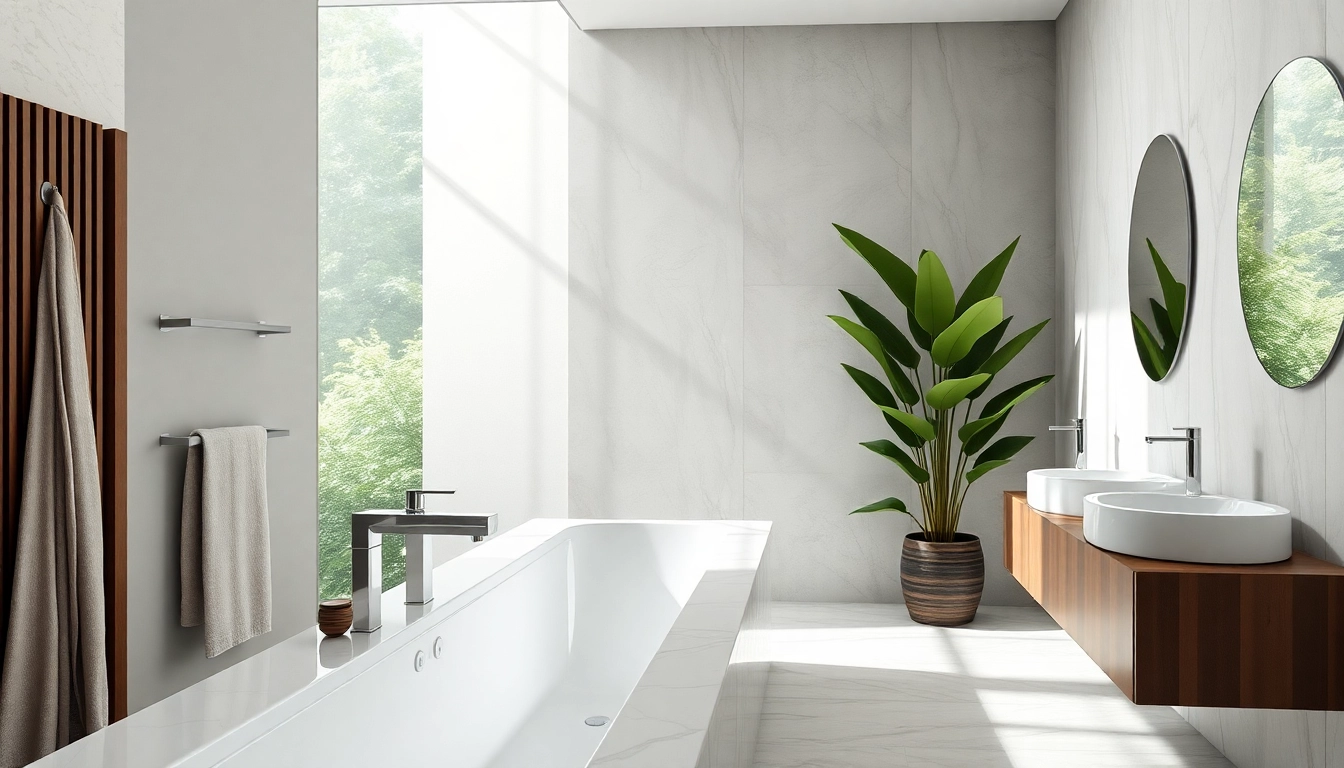Understanding the Benefits of a Bike Wall Rack
For avid cyclists and casual riders alike, finding an effective way to store bikes can be a challenge, especially in limited spaces. One solution that has gained traction among bike enthusiasts is the Bike wall rack. This versatile storage option offers an array of benefits that extend beyond mere convenience. Below, we explore the key advantages that come with installing a bike wall rack in your home or garage.
Maximize Your Space with Efficient Storage
One of the most significant advantages of a bike wall rack is the efficient use of vertical space. By hanging bikes on the wall rather than placing them on the floor, you can dramatically reduce the amount of floor space required for bike storage. This is especially crucial in apartments or homes with limited square footage, where every inch counts. With a bike wall rack, you can reclaim valuable floor space for other uses, making small living areas more functional.
Protect Your Bike from Damage and Wear
Storing bikes on the ground inherently exposes them to potential damage from various sources. Floors can be uneven, leading to scratches and dents on the bike frame. Additionally, bikes left propped against walls or other objects may fall over or get knocked, causing damage over time. A bike wall rack elevates your bike off the ground, minimizing the risk of accidental damage. Furthermore, by keeping your bike securely mounted, you can protect delicate components and maintain the bike’s condition for years to come.
Enhance Your Home’s Aesthetic
Bikes are often works of art in their own right, and a well-placed bike wall rack can turn your bicycle into a stunning focal point of your home décor. Rather than hiding your bike away in a cramped corner, showcasing it on a stylish rack can enhance the aesthetic appeal of your space. Modern bike wall racks come in various designs, materials, and finishes, allowing you to choose an option that complements your interior design seamlessly.
Types of Bike Wall Rack Available
When selecting a bike wall rack, it’s important to understand the variety of options available. The right choice will not only depend on your storage needs but also on the type of bicycle you own, your available space, and your personal preferences.
Wall-Mounted vs. Freestanding Options
Bike wall racks can be broadly categorized into two types: wall-mounted and freestanding. Wall-mounted racks are secured directly to the wall, offering a space-saving solution ideal for tight areas. Conversely, freestanding racks are independent structures that can be placed anywhere in your garage or home. Each has its benefits, so consider your space and storage needs when making your choice.
Vertical and Horizontal Rack Designs
Bike wall racks also come in vertical and horizontal designs. Vertical racks typically hang the bike by its frame, making them an excellent choice for small areas as they require less width. Horizontal racks, however, offer a more aesthetic display for those who have the space to accommodate them. Choosing between vertical and horizontal designs will depend on your available wall space and how you wish to showcase your bike.
Weight Capacity and Compatibility Considerations
It’s essential to evaluate the weight capacity of any bike wall rack you consider. Different racks can support varying weights based on their construction and design. Additionally, consider the compatibility of the rack with your specific bike model. Some racks are designed for specific types of bicycles, such as mountain or road bikes, while others are more versatile. Ensuring that your bike will fit comfortably and securely on the chosen rack is crucial to its functionality and longevity.
Installing Your Bike Wall Rack Safely
Once you’ve chosen the right bike wall rack for your needs, the next step is installation. Proper installation is vital not only for usability but also for safety. A poorly mounted rack can lead to accidents or damaged bikes. Here’s a guide to ensure a smooth installation process.
Tools and Materials Needed for Installation
A successful installation of a bike wall rack requires specific tools and materials. Typically, you will need the following:
- Drill with appropriate drill bits
- Screwdriver
- Measuring tape
- Level
- Stud finder (if mounting on drywall)
- Anchors (for heavier racks)
Step-by-Step Installation Process
Follow these steps for a safe and effective installation:
- Choose the Location: Assess your available wall space and select the optimal location for mounting your bike wall rack.
- Find the Studs: Use a stud finder to locate wall studs for a secure installation. Mounting to studs provides added strength and safety.
- Mark the Mounting Holes: Using a level, mark where you’ll drill your mounting holes, ensuring that they align with the studs.
- Drill Holes: Drill the marked holes carefully, clearing any debris.
- Insert Anchors (If Necessary): If you’re installing an anchor-based rack, insert anchors into the drilled holes.
- Attach the Rack: Position the bike wall rack against the wall and secure it with appropriate screws, ensuring it’s level and stable.
- Test for Stability: Once installed, gently pull on the rack to test its stability before hanging your bike.
Common Installation Mistakes to Avoid
To ensure a successful installation, be mindful of these common pitfalls:
- Insufficient weight capacity: Always check the weight ratings specified by the manufacturer.
- Poor placement: Avoid mounting the rack too high or in a cramped area that makes it difficult to access your bike.
- Rushing the process: Take your time to measure accurately and ensure everything is level before finalizing the installation.
Maintaining Your Bike Wall Rack for Longevity
After installing your bike wall rack, it’s crucial to maintain it properly to ensure long-term use. Regular maintenance not only prolongs the life of the rack itself but also safeguards your bike.
Regular Inspections and Care
Routine checks can help prevent major issues before they arise. Inspect the rack for any signs of wear or damage, such as rust or loosened screws. Periodically tighten bolts and other hardware to ensure everything remains secure. Additionally, make it a point to check the structural integrity of the wall where the rack is mounted.
Cleaning and Upkeep Tips
Keep your bike wall rack clean and rust-free by regularly wiping it down with a damp cloth. Ensure that you dry the metal components afterward to prevent corrosion. If installed outdoors, consider using protective coatings, especially if the rack is exposed to the elements.
Signs That a Replacement is Needed
There may come a time when your bike wall rack requires replacement. Be on the lookout for signs such as:
- Significant rust or structural damage that compromises safety
- Worn-out components that can no longer hold the weight
- A change in your biking needs, such as acquiring more bikes than the current rack can support
Choosing the Right Location for Your Bike Wall Rack
Where you decide to install your bike wall rack is just as important as the rack itself. Different environments call for different considerations, so let’s delve into essential factors to keep in mind.
Indoor vs. Outdoor Placement Considerations
Indoor placements often provide better protection from the elements, ensuring longevity for both the rack and the bike. However, ensure indoor bike storage doesn’t lead to other clutter. Outdoor placements rely on weather-resistant racks and may need additional security measures to protect against theft. Assess your overall setup, transfer policies, and ease of usage when deciding the best location.
Factors Influencing Rack Positioning
When positioning your bike wall rack, consider:
- Accessibility: Choose a location that allows for easy access to your bike without obstruction.
- Space: Ensure there is enough room for the bike to be hung and removed without bumping into walls or other objects.
- Visibility: You may want your bike to be visible as a part of your décor, especially if it is aesthetically pleasing.
- Safety: Avoid locations that pose hazards or obstruct pathways.
Creating a Complementary Environment
Integrating your bike wall rack into your environment can enhance both the functionality and aesthetic appeal of your space. Consider pairing the rack with bike accessories, such as a maintenance area, a hanging organizer for cycling gear, or decorative elements that reflect your cycling passion. This curated approach not only optimizes your bike storage solution but also turns it into a part of your home’s personality.



